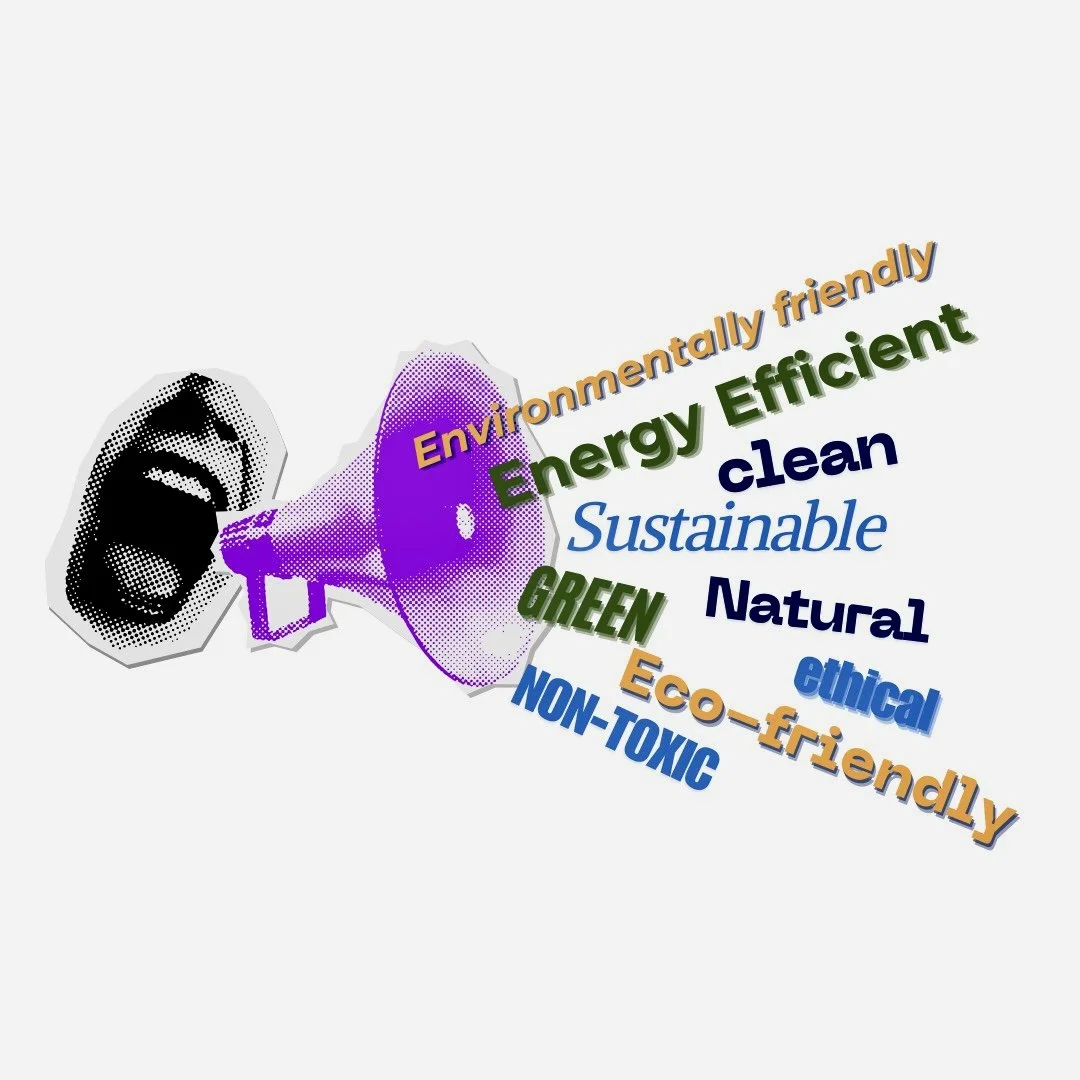How To Communicate Sustainability Without "Greenwashing"
It's no surprise that consumers are increasingly skeptical of fashion brands' sustainability claims. The shameful practices of large brands who try to fool us with baseless marketing claims and misleading information have led to widespread distrust. It's confusing and overwhelming to try to understand all the issues and who is doing a good job. But as an independent designer running a conscious label, there are ways to make your communications more trustworthy and clear.
It starts with LANGUAGE
Be specific — Words like sustainable, conscious, eco-friendly, ethical, green, energy-efficient, and responsible don't really mean anything on their own, so it's important to be clear about how your product is circular, the precise materials you use, and how your production process is ethical or waste-conscious. Explain how your impact makes your brand a better choice.
Make it quantifiable — Instead of saying "made with organic materials," clarify that the garment contains 70% organic cotton or 50% recycled wool. Make this information easy to find on your website, tags, and labels.
Put it in context — If a product "contains 50% less plastic," what does that mean—50% less than what? Give context to show how this compares and why it is better than other products. A garment that "saved 20 liters of water" isn't impressive when you consider that it takes 10,000 liters of water to make one pair of jeans.
Add qualifiers — An item may be listed as "compostable" or "biodegradable," but each of those processes requires specific conditions and often a lot of time. Will it take years? Will the entire item break down? What if it's inside a plastic bag? Provide customers with specific instructions on how to recycle or compost, and where they can go to ensure the product is processed correctly when they're finished with it.
The Best Choice: Third-Party Certifications
While not perfect, third-party certifications are the best way for consumers to evaluate and compare brands. The Better Cotton Initiative, Oeko-Tex Standard (which tests for harmful substances), the Responsible Wool Standard (RWS), and the Global Organic Textile Standard (GOTS) are clearly defined and provide credibility. This is especially important considering there are far more products claiming to be made of organic cotton than the total amount of organic cotton produced worldwide! Unless the cotton is certified ‘organic’ by GOTS, USDA, or OEKO-TEX, it's probably not.
Communicate Your Values and Commitments
Explain the practices which align with your brand values to your customers and provide education on the issues. Show how being small means working closely with your suppliers, producing locally, making less, and managing cash flow through pre-orders and limited editions.
Be Honest About Your Limitations
Every sustainability effort has limitations, so be honest about your shortcomings. As the brand Ganni says, "We don't identify as a sustainable brand, because at its core fashion thrives on newness and consumption…….Instead, we're focused on becoming the most responsible version of ourselves."
